
Lead Echoes
 |
Judges' Impressions
Lead Echoes (exhibition)
 |
What does young architecture deal with? This could be answered by the annual showcase of winning student projects from the FA ČVUT Olověný Dušan. This year's event took place from March 7 to 16, 2007. Or rather, according to posters and all materials, until the 15th, since from early afternoon on Friday the 16th, the deinstallation was already underway. As if two weeks of the exhibition were not enough. But it was worth it. As always, the exhibition was architecturally very well designed, with minimalism and colorful playfulness as well as sobriety answering its content.
What did this year's Olověný Dušan bring? At the beginning, we encounter that minimalism: Matej Zahatňanký presents "House for a graphic designer", addressing economical, practical, and aesthetic use of space in hillside development, using a folded shell resembling a collapsing (right on the hillside) classic house shape. Quickly, however, we move to the works of members of the studio of Jan Šépka and Petr Hájek, who address the infill of a courtyard on Zlatnická Street. This realization appears to be one of the key projects of the entire competition. Conceptually, it tries to solve the space of underutilized courtyards that will become increasingly investment and functionally unusable in urban centers. The question remains whether every square meter in urban centers must be commercially utilized. However, this is balanced by the purpose of the building: it is a kindergarten. Above the courtyard, students propose several interesting solutions: the "bird's nest" - in form and technical realization, a two-story block structure on a narrow leg in the style of the legendary SEVA construction set. We should also mention Tomáš Král's project, which consists of three relatively narrow circular levels above each other, inspired by Gulliver's flying city.
Further, students addressed revitalization. Let’s particularly mention the Štvanice island, the Žižkov freight station, and the area in front of the FA ČVUT, KTF UK, and VŠCHT in a completely realizable scope; from street furniture, through green modifications, minor supplementary buildings, to broader concepts of future surrounding development. As a literal refreshment, there was the small and modest, but sincere project by Anna Spilková on "A small place by the water" on Havlíčkovo nábřeží near Dětský ostrov. Finally, let's mention the projects that are less realizable, yet very interesting and innovative in terms of ambitious concepts. Be it the very sensitive City River in Barrandov by Ondřej Teplý, the organic Zlín Cultural Center by Nina Hedwic, the urban and architectural solution of Highway R35, or New Buildings of the National Museum by Michal Matějíček, which only complete the corner between the highway and the tracks in the already outlined clumsy style of the 90s.
Students of FA ČVUT are dealing with very lively themes, necessary themes, pressing issues. We definitely have mature projects ahead of us, some surely still open for discussion, but they are certainly not mere whims of youth. We are face to face with a sober and above all thoroughly constructive architectural generation. It is just a pity that everyone is still searching for the smallest, most basic, and simplest architectural unit, instead of someone seeking a new decor and ornament for the 21st century. Is decorativism really dead? Graphic design says the opposite; is it thus a characteristic of our times to have a fragmented style?
Ladislav Zikmund
The English translation is powered by AI tool. Switch to Czech to view the original text source.
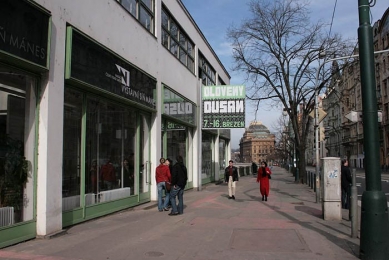
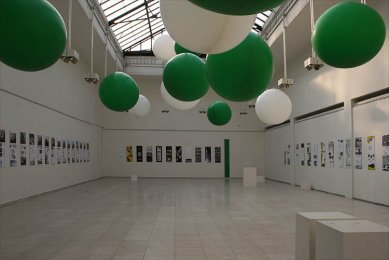
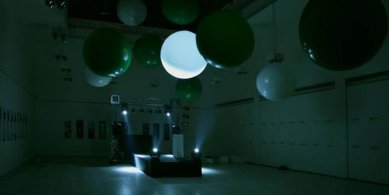
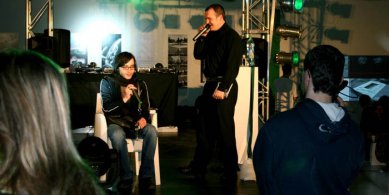
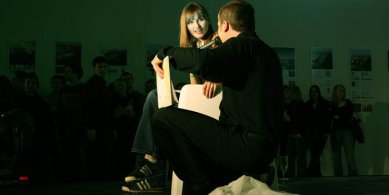
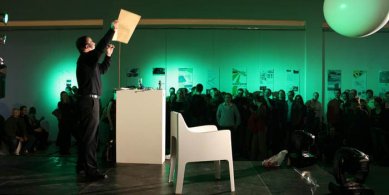
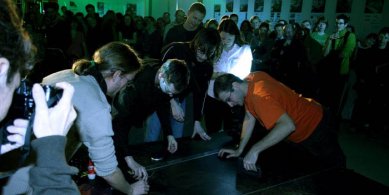
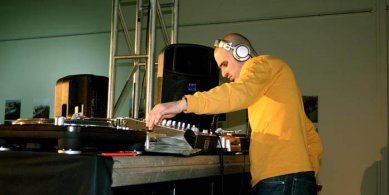
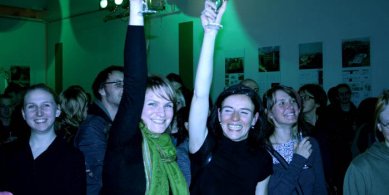
1 comment
add comment
Subject
Author
Date
dekorativisticky clanek
petr jehlík
06.05.07 08:18
show all comments










